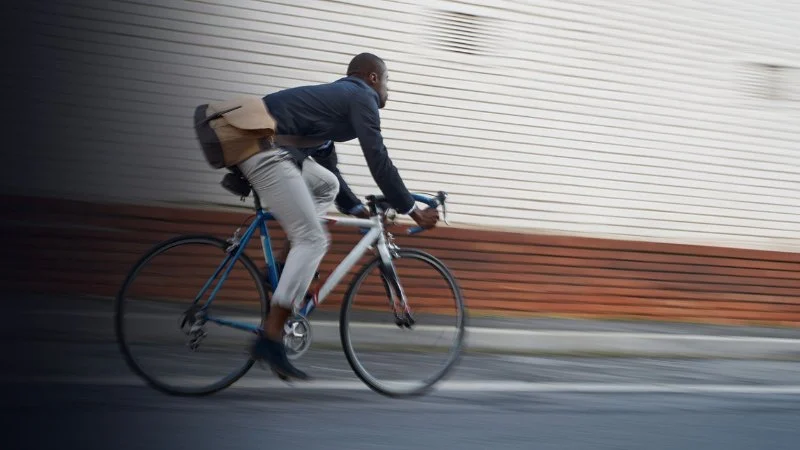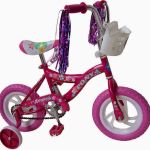
- why-bike-commuting-makes-sense-today
- choosing-the-right-bike-for-commuting
- essential-gear-for-a-safe-ride
- how-to-plan-your-cycling-commute-effectively
- real-story-jamie-s-journey-from-subway-to-cycle
- keep-the-habit-how-to-stick-with-bike-commuting
- where-to-find-expert-help-and-gear
1. Why Bike Commuting Makes Sense Today
More and more people are choosing two wheels over four when it comes to the daily commute—and for good reason. Learning how to start commuting to work by bike isn't just about saving on gas or avoiding traffic. It's a lifestyle shift that boosts physical health, improves mental clarity, and contributes to a greener planet. In urban areas like Portland or Brooklyn, bike lanes and cycling infrastructure have transformed cycling from fringe to mainstream.
2. Choosing the Right Bike for Commuting
2.1 Consider Your Route and Distance
Your commute length and terrain type should influence your bike choice. For shorter urban commutes, a simple single-speed or commuter bike may be enough. For longer or mixed-terrain rides, consider a hybrid or e-bike for comfort and ease.
2.2 Fit and Comfort Matter
Don't underestimate the value of proper bike sizing. Visit a local shop to get fitted correctly—an uncomfortable bike is the fastest way to abandon the habit. Accessories like gel seat covers and ergonomic handlebars can also make a huge difference.
3. Essential Gear for a Safe Ride
3.1 Safety First
A reliable helmet, front and rear lights, and reflective clothing are non-negotiable. Consider a bell and handlebar mirror to help you navigate crowded paths.
3.2 Weather-Ready Equipment
If you're serious about commuting in all seasons, invest in waterproof panniers, fenders, and a quality rain jacket. Winter? Thermal gloves and layered gear will keep you going.
4. How to Plan Your Cycling Commute Effectively
4.1 Test Your Route
Do a trial ride on a weekend to test your route without time pressure. Apps like Komoot or Google Maps (cycling mode) can suggest safe bike lanes and scenic detours.
4.2 Time and Backup Plan
Always leave a buffer of 10–15 minutes, especially during your first few weeks. If your workplace offers showers or lockers, make use of them. If not, pack a fresh shirt and small towel for a quick refresh.
5. Real Story: Jamie’s Journey from Subway to Cycle
Jamie, a graphic designer in Chicago, used to spend over $100 per month on subway passes and was constantly stressed during rush hour. After trying a secondhand commuter bike and sticking to a riverside trail, Jamie not only saved money but also noticed weight loss and improved energy. “It felt like I had reclaimed my mornings,” Jamie said. Stories like Jamie’s are becoming increasingly common in urban America.
6. Keep the Habit: How to Stick with Bike Commuting
Like any lifestyle change, consistency is key. Set small goals—like riding twice a week—and reward yourself as you progress. Find a cycling buddy or join a local bike group. Having support and accountability helps you ride longer and more often.
7. Where to Find Expert Help and Gear
If you’re feeling overwhelmed, don’t go it alone. Cycling Guider is your go-to hub for the best bikes, accessories, maintenance tips, and community support. Whether you're brand new to commuting or upgrading your gear, you'll find expert recommendations tailored to your needs.







 Billet BMX5.0 (2 reviews)
Billet BMX5.0 (2 reviews) Far East Children Bicycle Factory1.0 (1 reviews)
Far East Children Bicycle Factory1.0 (1 reviews) Archer Motorsports, Inc.4.0 (8 reviews)
Archer Motorsports, Inc.4.0 (8 reviews) YEP Bike Works4.0 (55 reviews)
YEP Bike Works4.0 (55 reviews) Gorham Bike & Ski4.0 (498 reviews)
Gorham Bike & Ski4.0 (498 reviews) Alchemy Bikes4.0 (37 reviews)
Alchemy Bikes4.0 (37 reviews) How to Teach Kids to Ride a Bike: A Step-by-Step Guide for Parents
How to Teach Kids to Ride a Bike: A Step-by-Step Guide for Parents Tips for Riding on Busy City Streets: Smart Strategies for Urban Cyclists
Tips for Riding on Busy City Streets: Smart Strategies for Urban Cyclists Best US National Parks for Mountain Biking: Ride Epic Trails Across America
Best US National Parks for Mountain Biking: Ride Epic Trails Across America Best Aero Helmets for Time Trials and Racing
Best Aero Helmets for Time Trials and Racing How to Clean and Lubricate Your Bike Chain Like a Pro
How to Clean and Lubricate Your Bike Chain Like a Pro 10 Must-Have Items for Long-Distance Cycling Trips
10 Must-Have Items for Long-Distance Cycling Trips